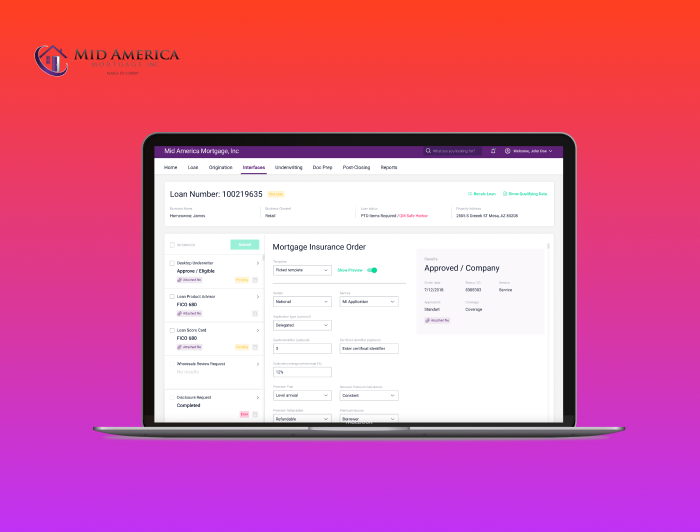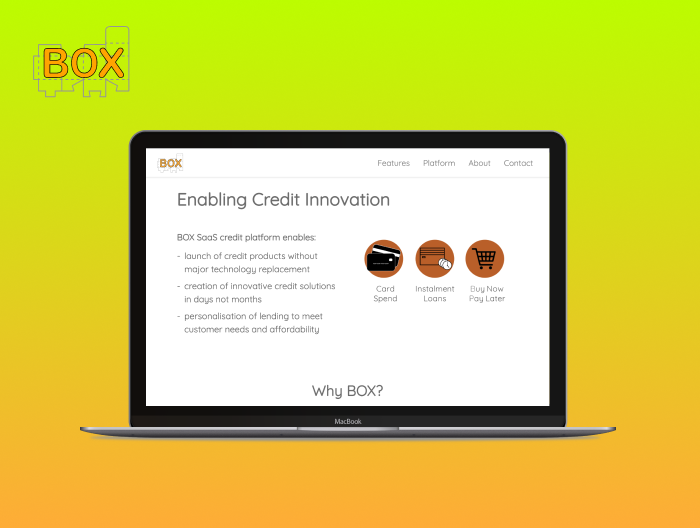
Cloud Computing in Banking: Benefits and Use Cases
With more businesses migrating to the cloud and relying upon serverless solutions, banking is no exception. As a whole, cloud adoption across multiple industries reaches unprecedented rates. With such an incredible transition from on-premise to cloud solutions, AI and cloud computing in banking stand out as the most promising fields to look for. With banks and related financial institutions steadily migrating their data to the cloud, it’s worthwhile to review cloud computing in detail. If your enterprise looks forward to the cloud, it’s an absolute must to review its benefits and integration models to get a broader picture. In this article, you’ll learn more about cloud computing financial services and all the necessary nuances for a successful migration.
Cloud Computing in Finance: Top Adoption Reasons
Before jumping into the challenges and governance models, any organization should be aware of the cloud’s merits. As a whole, cloud computing in finance can revolutionize the fintech industry in several ways, the most important of which are:
- Renewed data security. As the on-premise solutions require mundane tasks for data security compliance, migrating to the cloud seems a viable option. In particular, cloud computing for banks stands out because it’s a security-first approach. With the cloud, it’s possible to meet the compliance criteria and ensure the required performance level in the long run.
- Cost optimization. Unlike on-premise solutions, the cloud’s main pillar is usage-based billing. Using the latest data governance techniques, enterprises can make the most of cloud computing. Instead of paying huge bills upfront, the organization has to manage bearable operational costs that come alongside adoption. With less initial investment, it’s more obvious that cloud computing in banking and financial services will be highly popularized over the next few years.
- Operational effectiveness. One of the most overlooked features that makes cloud computing in banking so efficient is the boost to operational capacity. Since cloud migration involves automation of mundane workloads and applying CI/CD practices, hosting infrastructure in a serverless environment stands out as a huge advantage. And let’s not forget that cloud-embedded risk management and loss prevention tools are crucial for any enterprise.
- Business continuity. With cloud computing, a bank, or a financial organization, the chosen provider model is responsible for managing the allocated data and infrastructure. This way, companies gain a competitive edge in data protection and failure prevention. On top of that, cloud computing has a solid redundancy level, which outperforms any on-premise approaches.
- Innovation-driven design. From the environmental perspective, cloud computing is one of the principles of green IT. Moving data-heavy infrastructure helps reduce carbon footprint, which is one of the concerns of large-size enterprises. Regarding computing power, cloud solutions decrease idle times and aim at the most efficient resource use.
These benefits of cloud computing in banking are apparent, and more financial organizations should look forward in this direction. Yet, let’s also consider some of the noticeable challenges all organizations face when making their minds on the cloud migration decision.
Challenges of Cloud Computing in Finance
The most considerable cloud computing challenges are related to security, compliance, and finding the right model. Let’s learn about them one by one to understand how they can become blockers in cloud computing banking migration.
- Compliance. The fintech industry is peculiar because most regulators require financial institutions to store all customer information in the home country. When it comes to the cloud, storing all particular data in a single place becomes more complicated. Thus, when making your mind on migration, clarify all compliance-related and data storage nuances beforehand. The failure to do so might result in serious consequences for your enterprise’s operational continuity.
- Security. Another major concern that any organization should consider is related to security measures. It’s no wonder that confidentiality and security are two top-notch criteria for any bank or financial organization to operate. Thus, a decision to migrate to the cloud should be followed with a thorough security framework, which accounts for all possible risks.
- Choosing the right model. For midsize enterprises, the question of the appropriate cloud computing platform can be perplexing. Choosing from PaaS, SaaS, and IaaS models can be confusing and thus requires complex research conducted beforehand. While it’s not a significant barrier to adoption, considering all possible options is necessary for a proper cloud computing migration.
These three challenges have particular complications and are solvable upon proper infrastructure research. While it might sound too ambitious to build a neobank using cloud computing technologies, the scale of its adoption is impressive.
Choosing the Right Cloud Computing Banking Model
One last moment to mention regarding cloud computing in banking and fintech is a choice of a suitable governance model. At the moment of writing, the dominant models for the banking industry are PaaS, SaaS, and IaaS. PaaS, for instance, refers to the platform for application, interface, and database development, which can streamline cloud computing workloads by a margin. In contrast, SaaS cloud computing solutions emphasize a Web interface, encompassing accounting, customer relationship management, invoicing, and related functionality. Regarding IaaS, it’s worth noting that this cloud model is a fully automated service with all the functionality embedded. The final choice is on the enterprise side, yet a thorough consideration of available options is necessary for risk-free adoption.
Final Remarks
Considering the range of benefits that cloud computing brings, banking and fintech industries show a massive adoption of cloud in their operations. Thanks to cost optimization and a renewed approach to data security and compliance, cloud computing in banking has an endless opportunity for continuity and growth. When planning cloud computing adoption, organizations should consider what model to choose and review compliance and security challenges. Still, the banking industry as a whole is likely to display a gradual switch to cloud technology shortly. If your organization needs help with digital transformation via cloud computing, contacting a professional service is a well-rounded solution. Don’t hesitate to contact us to turn your cloud aspirations into a digital solution.
Latest Insights
Stay informed on the latest updates and trends to follow in financial services, digital transformation and software development from NerdySoft





